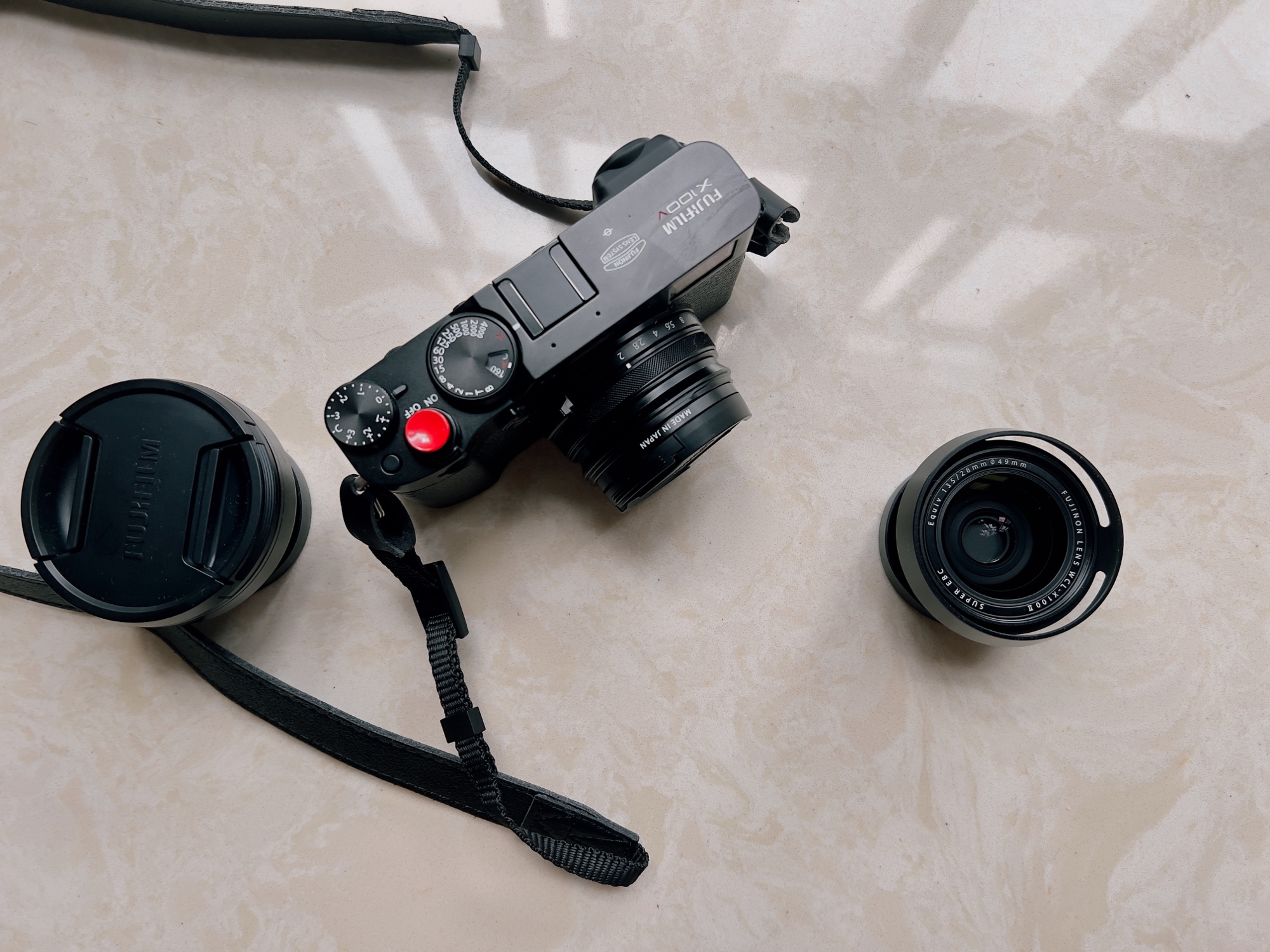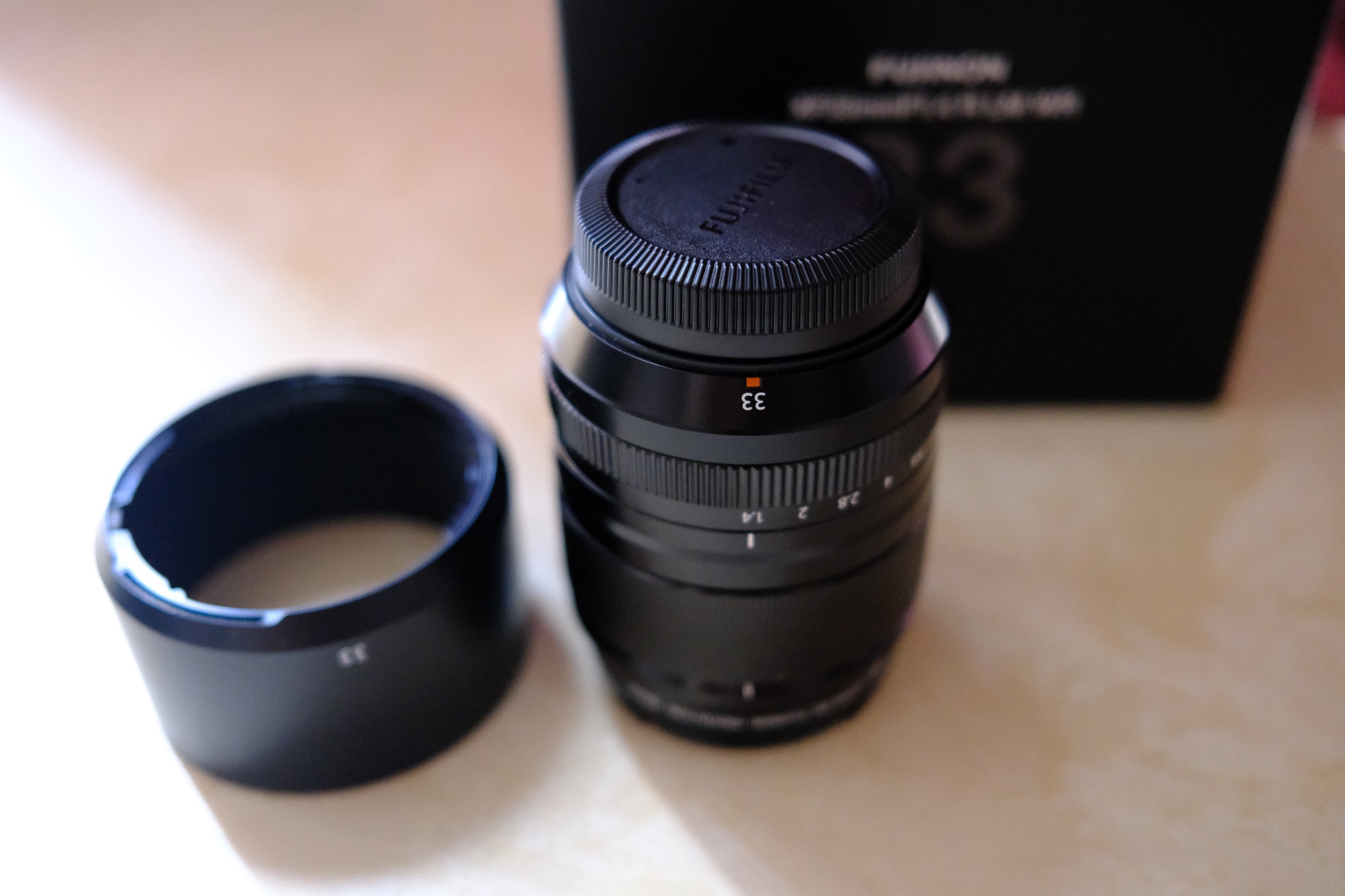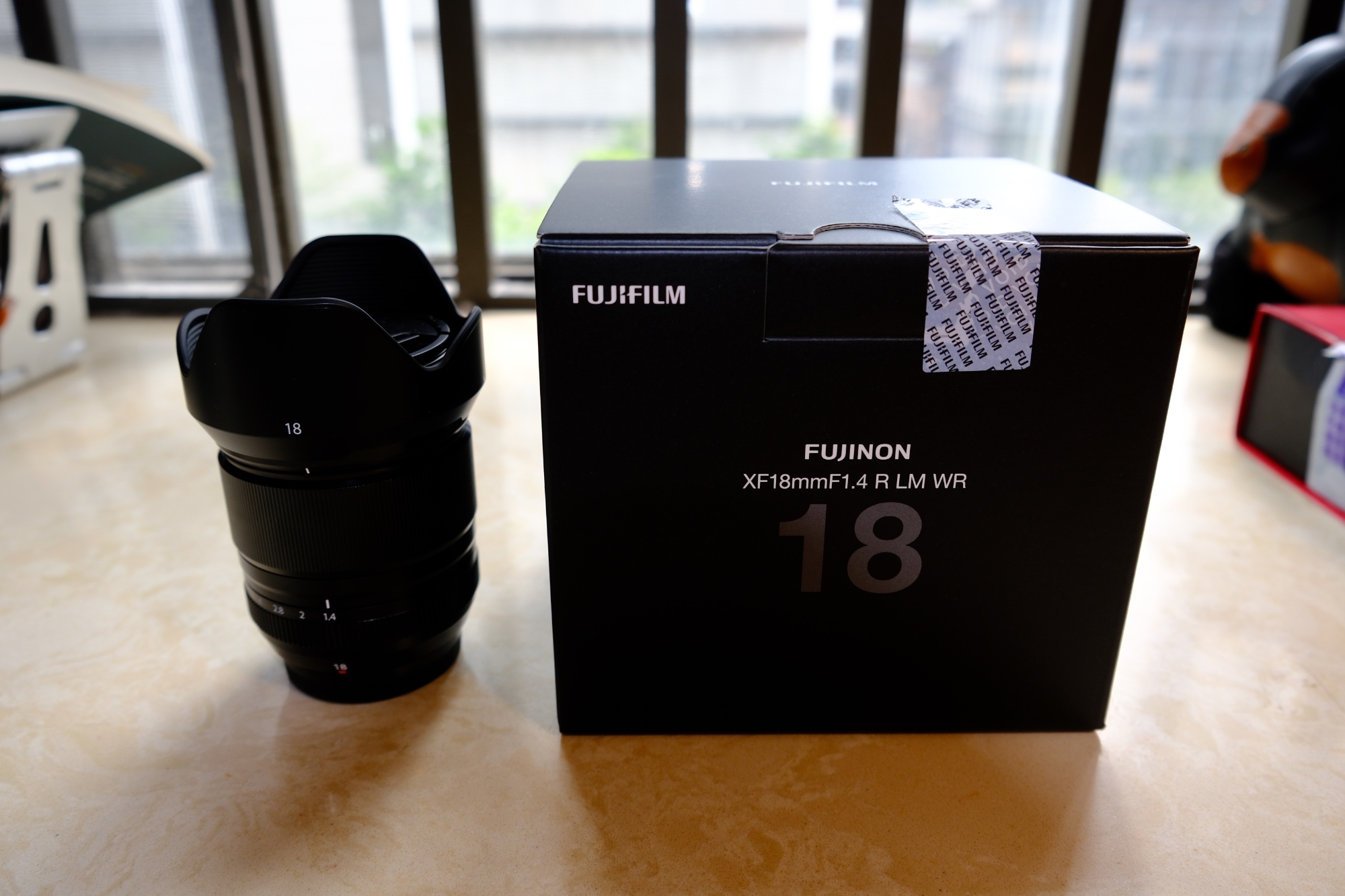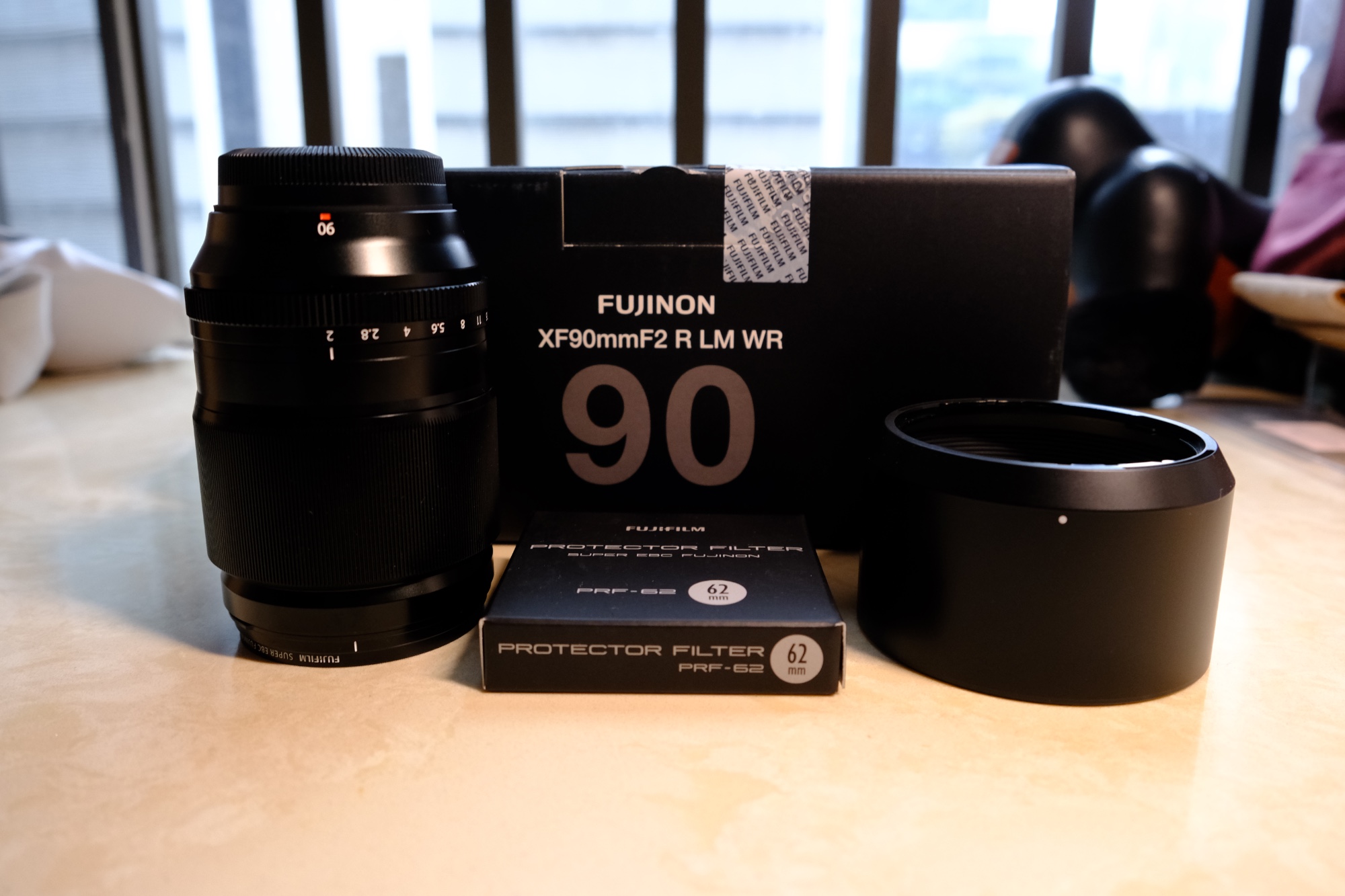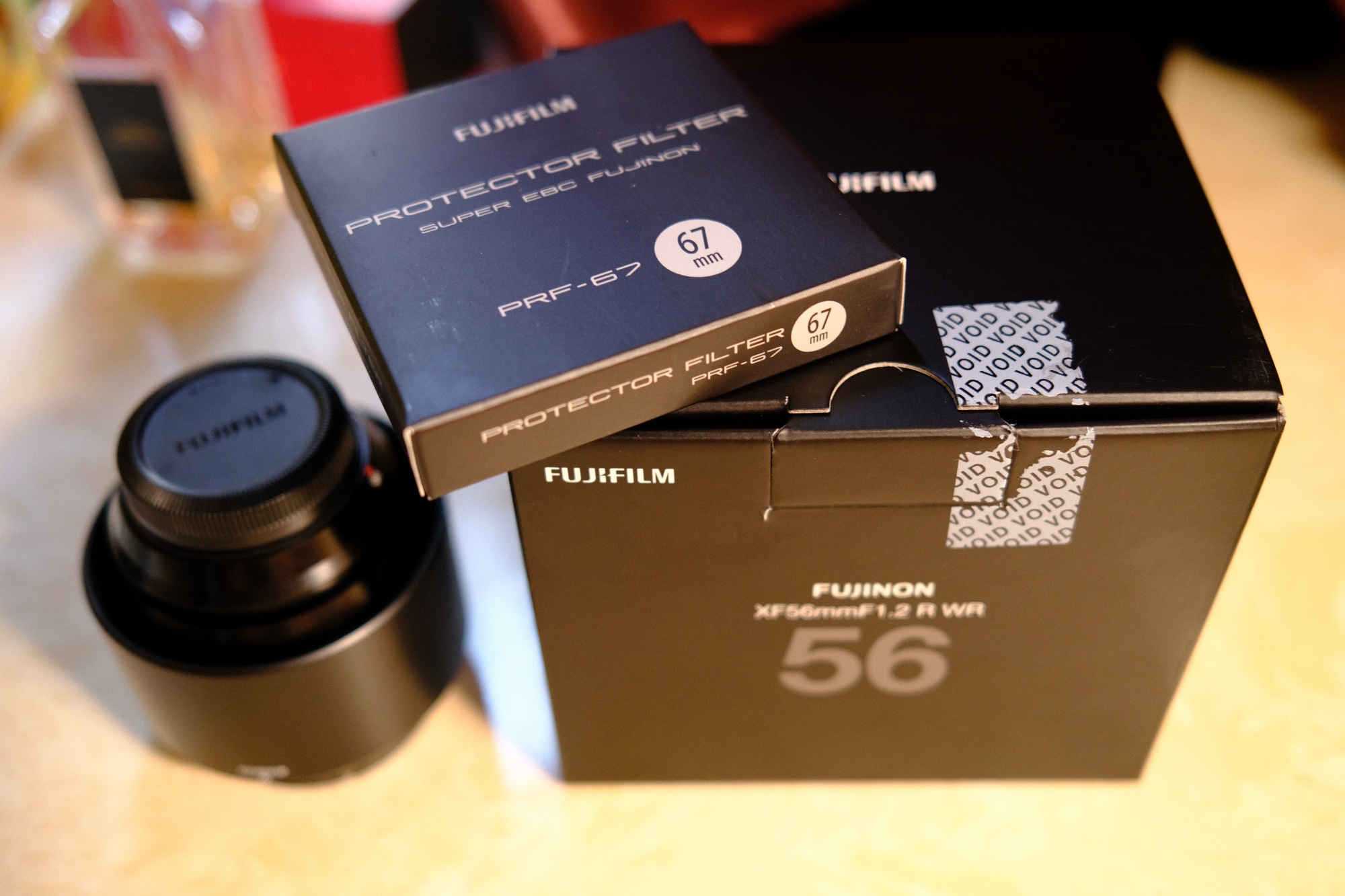
Recently, I bought a lens mainly because the low-light performance of my X100V was poor. When I pick up the camera at night and want to quickly take a photo, it’s highly likely to come out blurry or have a lot of noise if I increase the ISO. When I didn’t know much about Fujifilm lenses, my first choice was the XF50F1.0 because of its large aperture. Although it costs over 10,000, it’s still relatively affordable compared to full-frame lenses. However, after doing more research, I realized that this lens is bulky and weighs almost two kilograms, which is not suitable for Fujifilm’s compact bodies. Additionally, I have a limited budget and can’t afford a brand new lens.
The next suitable option is the 56mm lens. Currently, there are three versions available: the old generation, APD, and the new generation. The new generation is the most expensive, while the price of a brand new old generation lens has dropped to 4,199. I’m not considering a new APD lens, and for a second-hand lens, I can get a good condition one for under 5,000. My initial choice was the new generation lens because it’s brand new and compact, with the same aperture and no linear motor. After much consideration, I ultimately chose the new generation because I prefer to buy new rather than old, and the second-hand market for the new generation lens has more stable prices.
APD stands for apodization, and it refers to a type of lens design that reduces the amount of light entering the lens. The price of a lens with APD, which is over nine thousand, can be quite tempting. There are only a few lenses equipped with APD, so I did some research and found that Fujifilm’s implementation of APD reduces the light by a relatively small amount compared to Sony’s, resulting in a lesser effect. It started to feel a bit like a mystical concept. Considering that the improvement is not significant but there is a sacrifice in other areas, I quickly became content with my decision.
It is a pity that the second generation does not have a linear motor, but as a Fujifilm user who only has one X100V camera, the lack of focus noise in this lens is not a big concern for me. When it comes to using Fujifilm, I prioritize sticking to original equipment. In order to avoid using a lens cap, I also purchased a genuine Fujifilm UV filter. Genuine Fujifilm accessories can be quite expensive, but they do provide a comfortable user experience. I’ve never used a lens cap with my X100V, and it is truly convenient.

The new generation lens now has a filter diameter of 67mm, which is the same as the teleconverter for the X100V. However, the lens body becomes slightly thicker in order to accommodate this change. With the lens hood attached, it becomes quite similar in size to a small telephoto lens.

As a Fuji enthusiast, I definitely wouldn’t choose XC series lenses. However, it is worth mentioning that the lens hood that comes with the lens is made of plastic. Fortunately, the new fixed focal length lenses can be purchased with a metal lens hood. Unfortunately, this particular lens doesn’t currently offer that option.

This lens has received many positive reviews online, so I won’t go into detail about its various specifications. Instead, I’ll share my personal experience using it. Shooting at F1.2 aperture is effortless even in low light conditions, and the image quality looks quite impressive. The autofocus speed is not particularly fast, but it is sufficient for regular photography. However, shooting videos without a linear motor can be a bit challenging. I personally don’t mind the loud focusing sound. Although the lens is larger in size, it has a moderate weight and doesn’t feel front-heavy.
As a portrait lens, I find the focal length slightly shorter than what I prefer. I have a relatively thin skin, so I feel a bit self-conscious when using this lens to photograph people in public. If I were to use the XF50-140, I believe I would have no issues, but its price tag of $10,000 and weight of 2 pounds are currently beyond what I can afford. So far, this lens is working great for me, and I anticipate using it frequently in the future.
example photos













The next photo of the airplane actually surprised me a little. I didn’t have high hopes initially, and although there is noticeable noise, I didn’t expect to see it so clearly.


